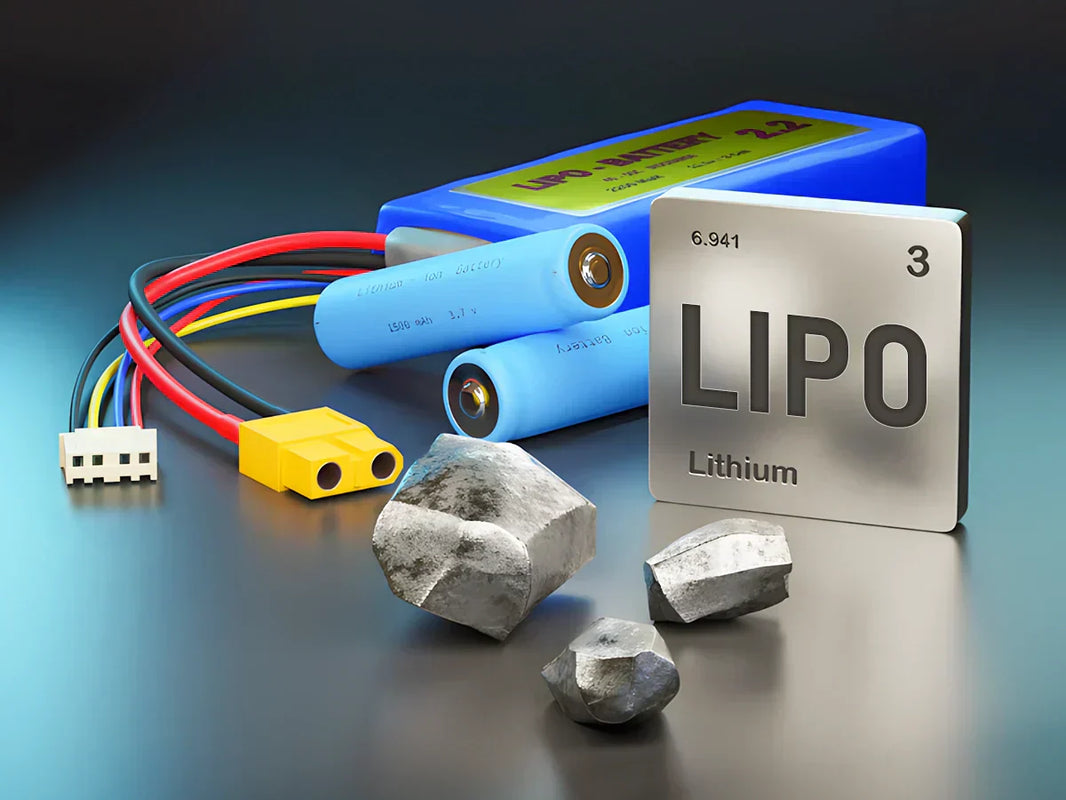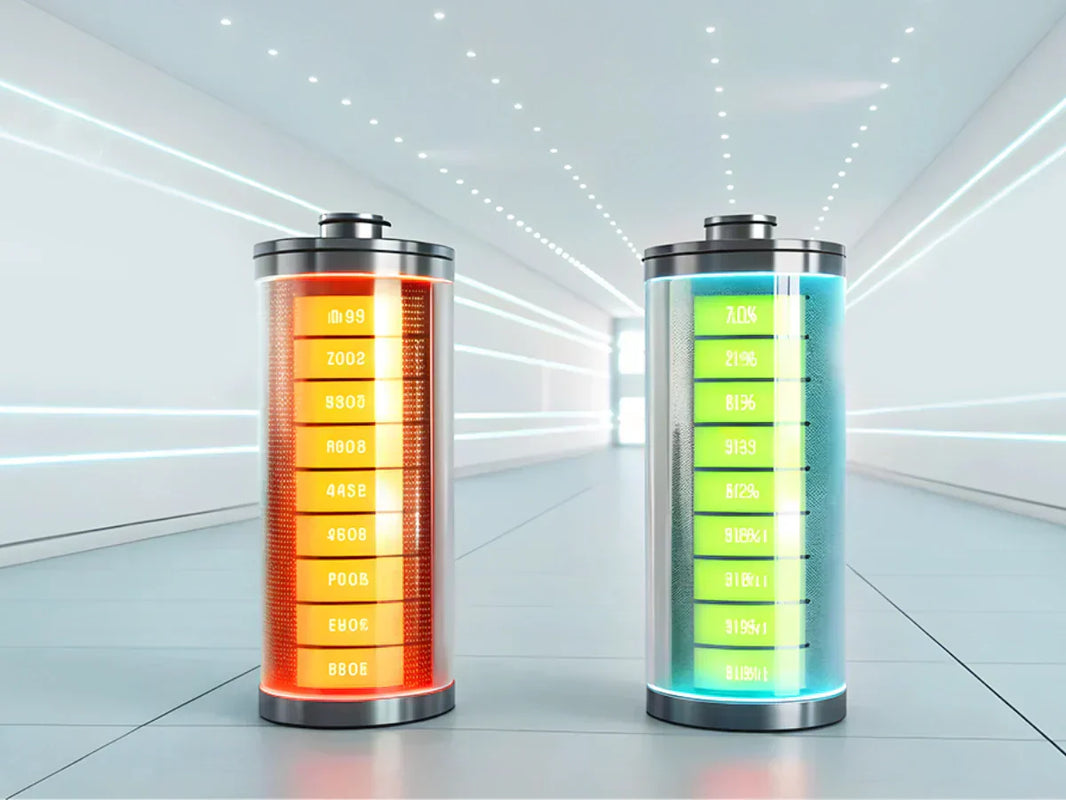
main content:
The overall design of a vehicle is a complex process involving numerous variables, constraints, considerations and judgments. Fundamentals of calculation of powertrain components can be derived from road principles, vehicle dynamics, and mechanical structures. In the detailed analysis of complex hybrid systems, these computational methods can provide a design basis for computer modeling and simulation. By repeating modeling, simulating and designing subsystems, the controller is continuously updated until the simulation results meet the requirements. The design of the dynamic system mainly includes the initial acceleration, the rated rate of a given gradient, the maximum gradient and the maximum steady-state velocity, etc. The design of the energy system mainly includes the given acceleration and steady-state velocity.
The selection and matching of power system parameters directly affects the power and economy of electric vehicles, but at present, the selection and matching of electric vehicle power systems mostly rely on manual calculation, which requires a large amount of calculation and is not easy to compare different schemes.
The evaluation indexes of automobile dynamic performance mainly include the maximum speed, acceleration ability and climbing ability of the automobile, while the economic index mainly is the energy consumption per 100 kilometers. In addition, the performance indicators for electric vehicles also include driving range, battery life and so on.
1. Maximum speed

The maximum speed refers to the maximum speed that a car can reach when the vehicle is fully loaded on a level road, and the unit is km/h. Since pure electric vehicles are driven by electric motors, their maximum speed is often determined by the maximum speed of the electric motor and the size of the transmission ratio.
2. Acceleration ability

Acceleration capability refers to the time it takes for the car to accelerate from the initial speed to the final speed, in s. For pure electric vehicles, the acceleration performance is mainly determined by the overload capacity of the drive motor.
3. Climbing ability
Climbing ability refers to the maximum gradient that a car can climb when it is fully loaded and driving on a good road with the lowest gear, and the unit is generally expressed in %. For pure electric vehicles, its climbing ability mainly depends on the maximum torque characteristics and overload capacity of the motor.

The driving range of a pure electric vehicle refers to the distance that the battery can travel when the battery is fully charged, and the unit is km. The evaluation methods of cruising range can be divided into constant velocity method and working condition method. Compared with the constant velocity method, the working condition method only adds the acceleration and deceleration working conditions, and the result of the working condition method can be calculated on the basis of the constant velocity method by taking into account the power consumption during acceleration. Continuing mileage is assessed by the isokinetic method. The driving range of an electric vehicle mainly depends on the battery capacity.
5. Energy consumption per 100 kilometers

Energy consumption per 100 kilometers refers to the total energy consumed by a car traveling 100 kilometers at a specific speed.
6 Battery life


















